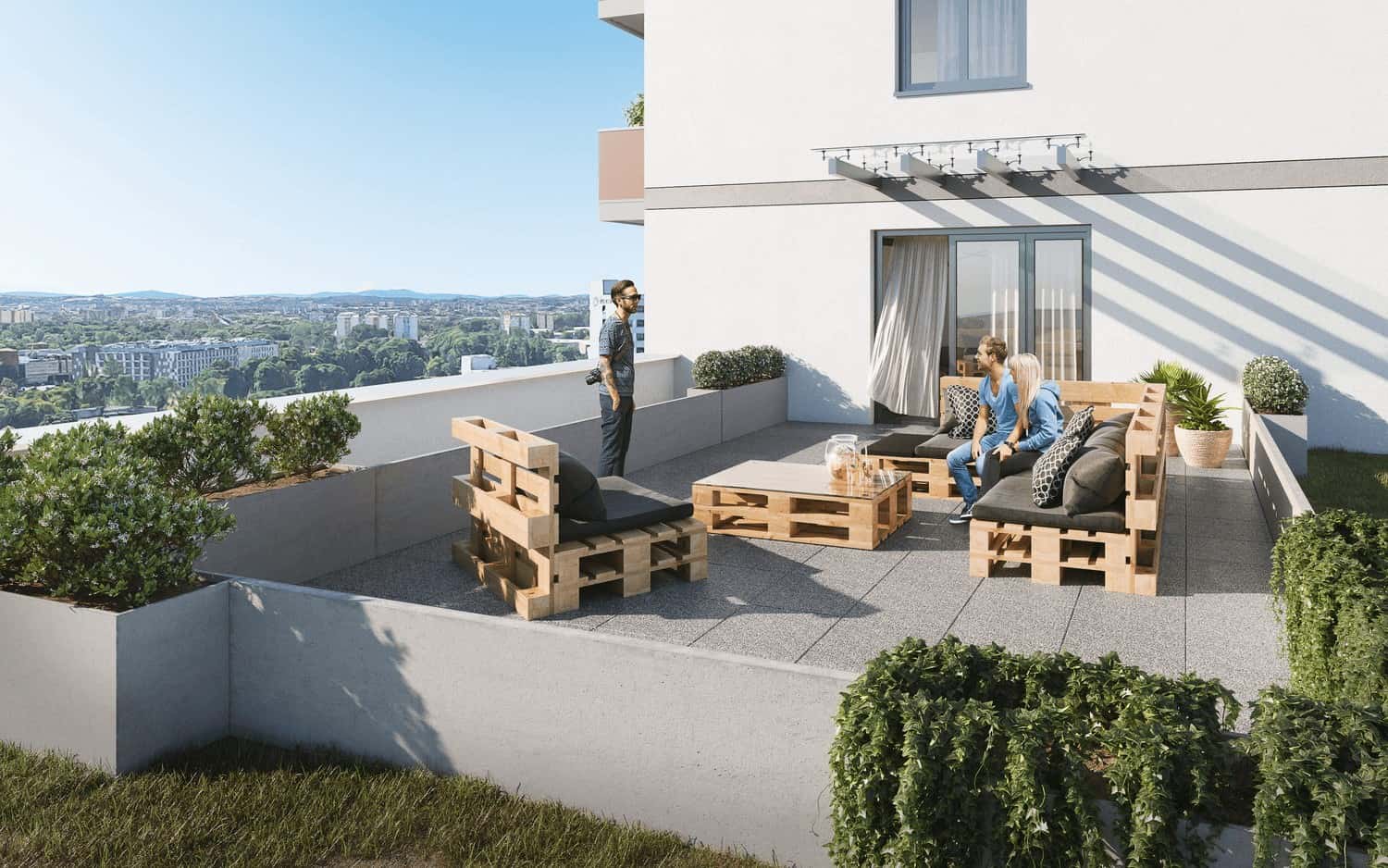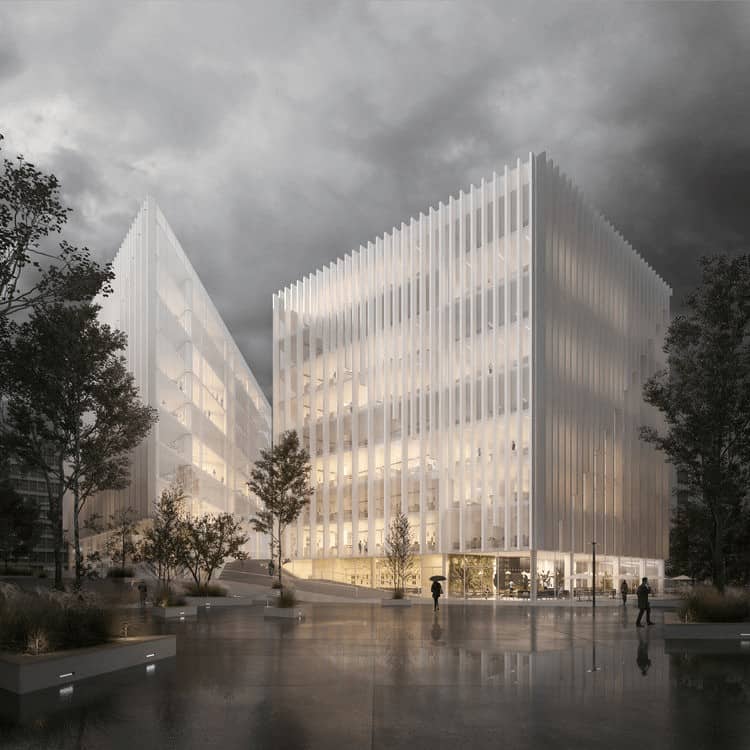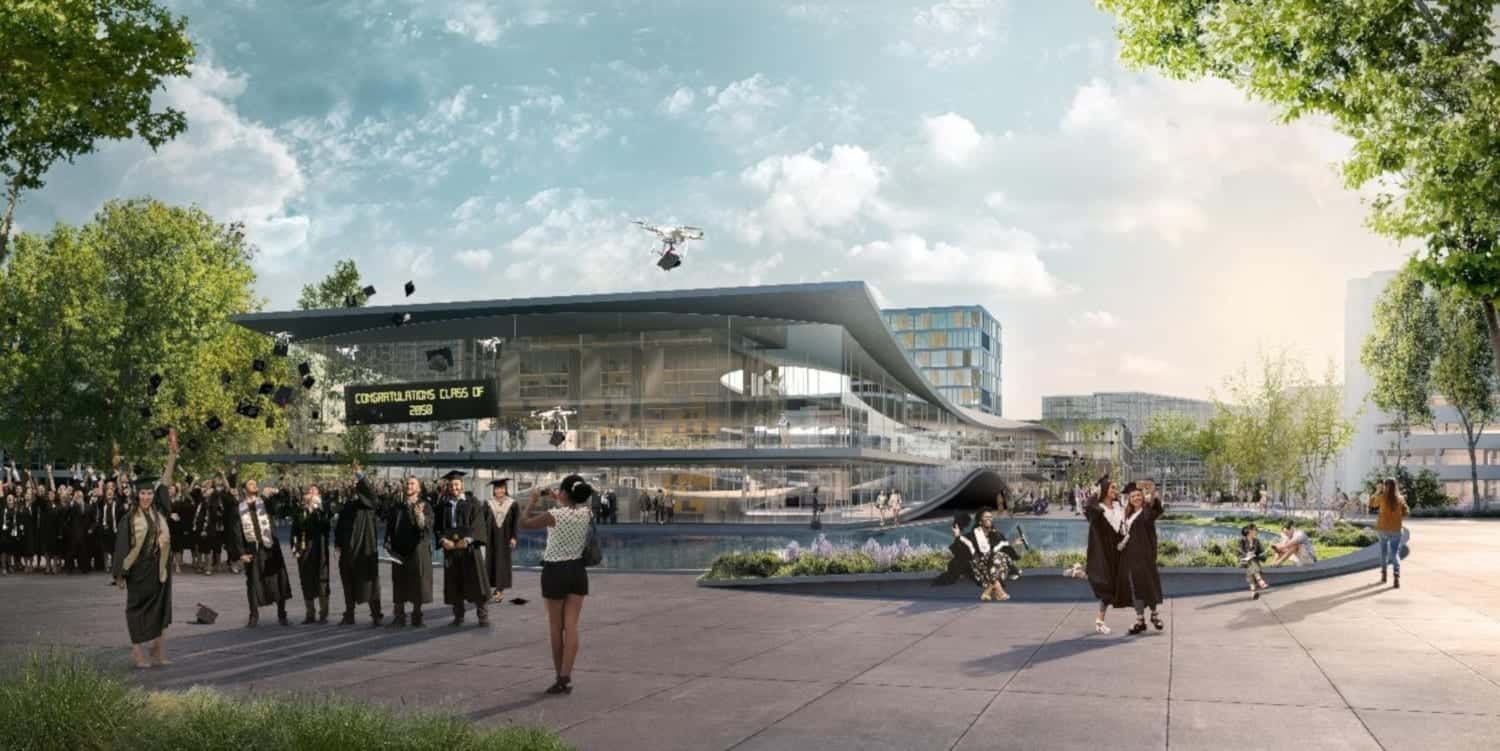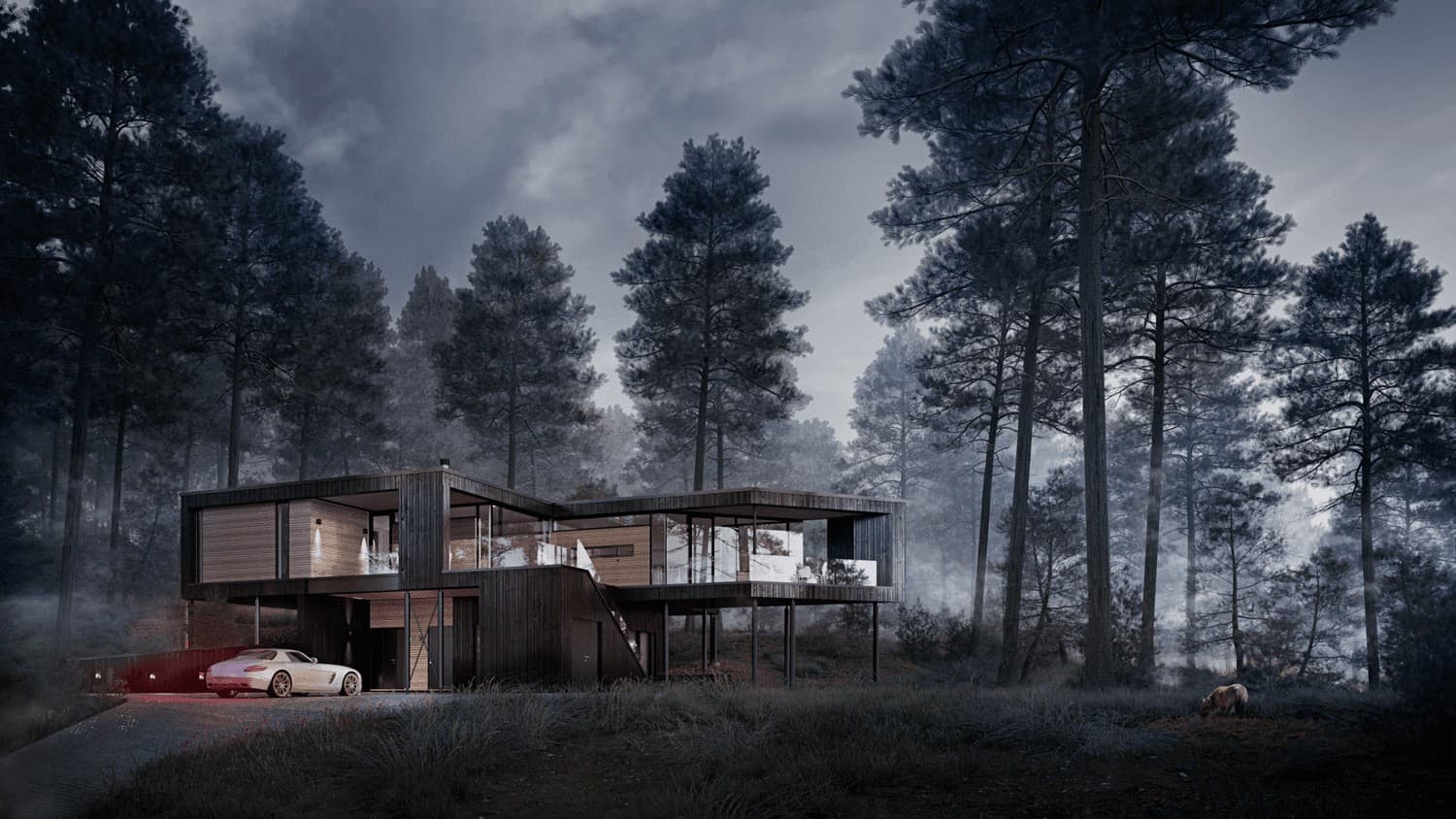How to get best results from outsourcing architecture renderings. 6 golden rules
Architecture renderings are one of the most visibly and rapidly changing aspects of the building profession. The technology available to create CG images makes leaps every year, allowing architecture and real estate companies to present their projects in an ever more compelling way.
While there is no shortage of talented artists out there, many companies have limited experience with outsourcing visualization work. With them in mind we have created a list of top tips to get the best results out of the process.
- Specify your target audience
Architectural renderings can come in a variety of flavors. They can be atmospheric and quirky:

Source: www.prettypx.com
They can also be bright, sunny and inviting:

Source: www.prettypx.com
When requesting images to be produced, it is worth specifying their primary target audience. Are we trying to reach middle-income families with kids looking for their first suburban home? Are we going to target high-income couples looking for a modern, prestigious apartment?
Each target group calls for a different approach in creating renderings – starting with the light and camera angles through subtle details of furniture and greenery in the scene.
Knowing this up front will allow your rendering artist to suggest a tailored approach.
2. Understand the basics of creating renderings
Not everyone needs to know the ins and outs of how architectural visualizations are created. It pays, however, to know the basics in order to efficiently navigate and manage the process.
For instance, changing a small detail of the 3D model (say, a flowerpot) at the stage when the image has already been textured and rendered, may seem like a quick fix. In reality, it means redoing a vast amount of work from scratch and rendering the image again, which is also time-consuming.
If you’d like a step-by-step guide to how high-end renderings are created you can read a handy summary here.
3. Make sure there is a clear process to follow
Rendering companies have different approaches and workflows, and in some cases there may not be a whole lot of structure at all.
Before starting a project with a new company make sure that their way of working matches your needs.
For example, you may be thinking you’re getting a good price and quick time to deliver. It may turn out, however, that there is no opportunity (or time) reserved to make changes to the images or that the end result is not what you expected.
Best practice approach is to align on a schedule with key milestones at the beginning of the project.
4. Close your design and collect references before the project
The number one source of stress in architectural visualization projects are changes to building design happening late in the process of creating images. They often mean that days of work go to waste and many processes have to be started from the beginning. This can significantly raise the cost of your project as most rendering companies and artists operate with a limited number of free changes to the design.
In some cases changing the project is hard to avoid. For instance, architectural competitions happening with very short and strict deadlines are at times a trial and error process where architects and 3D artists work hand-in-hand.
In all other cases it’s best to finalize the design ahead of the project. In addition, to expedite the process and make sure that the image has the type of elements that you intended it’s best to collect references for all items where you had a concrete vision, e.g., greenery, furniture, cars, light and overall mood.
5. Avoid micromanagement
You’ve taken a leap of faith and hired a new team to create renderings for your project. The project is a very important one and everything needs to be perfect. The deadline is approaching rapidly.
Sounds familiar?
Most architecture and real estate marketing professionals have been in this situation at some point. If they haven’t, they sure as hell will.
Creating images of your project with a fixed deadline can be stressful even if you’re working with a known team. Being a perfectionist, you want to do everything in your power to make things just right.
While we totally get what you’re feeling, trying to control every single detail of a 3D artists’ work is a trap that can derail your project. In addition to halting the workflow and using up a lot of time for minute details, it can also reduce the clarity of the vision for the end product.
If you’re working with an experienced artist you should be able to trust their instincts and have confidence in their ability to see ahead to the end result.
6. Leave some room for out of the box thinking
Let’s not kid ourselves – in a lot of cases when you’re trying to sell real estate to investors or prospective customers, the most attractive way to do it is to present the building in happy, sunny weather.
However, as with most things, people get used to seeing the same approach applied everywhere. Things get boring after a while.
Perhaps your next project is the right time to experiment with the mood or overall approach? There are a lot of things that can be done to make your project stand out and attract attention. You could show it in the rain, or a blizzard. You could replace your usual Tesla in the scene with a cool vintage car.
You could show your building in an epic (if not slightly apocalyptic) setting:

Source: www.prettypx.com
Or set the scene in a not-so-distant future:

Source: www.prettypx.com
Sky’s the limit when it comes to creative ideas that can add a creative spark to presenting your design.
If you’d like some more ideas on how to make your project stand out you can check out our 6 tips on making your architectural renderings unique.
Other articles
How to win buyers and influence sales with architecture renderings – top 6 tips
We’ve seen a number of actions and approaches that assure the best return on investment from high quality renderings. We’d love to share them with you in this post. The key observation is that the […]
How high-end architecture renderings are made (Case Study)
Have you been wondering how your architectural renderings are produced? Are you dying to know why adding a couple of trees to a finished image can take a whole day? It’s just a couple of […]
How to get best results from outsourcing architecture renderings. 6 golden rules
Architecture renderings are one of the most visibly and rapidly changing aspects of the building profession. The technology available to create CG images makes leaps every year, allowing architecture and real estate companies to present […]
Stand out from the crowd: 4 tips for making your architectural renderings unique
2019 is a fascinating time at the intersection of architecture and CGI. While many architecture companies stick to the level of imagery that was available years ago, many have adopted the high standards offered today […]



